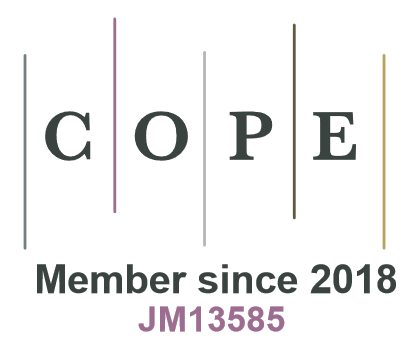Select issue
Silva Fennica 1926-1997
1990-1997
1980-1989
1970-1979
1960-1969
1950-1959
1940-1949
1926-1939
Acta Forestalia Fennica
1992-1999
1984-1991
1974-1983
1968-1973
1953-1968
1933-1952
1913-1932
Articles containing the keyword 'wood-ash'
Category : Research article
article id 225,
category
Research article
(2008).
Effects of frequency of fertilisation on production, foliar chemistry and nutrient leaching in young Norway spruce stands in Sweden.
Silva Fennica
vol.
42
no.
5
article id 225.
https://doi.org/10.14214/sf.225
Abstract |
View details
|
Full text in PDF |
Author Info
There is a great need to increase the production in Swedish forests to meet future demand from the forest industry and the bio-energy sector. One option to increase the production is to supply nutrients to young stands of Norway spruce. For the practical application it is important to develop and optimise fertilisation regimes in terms of production, economy and leaching of nutrients. The frequency of fertilisation is one important variable in the fertilisation regime, and this study aimed to study effects of different fertilisation frequencies on production and leaching of nitrogen. In 2001, five field experiments were established in southern, central and northern Sweden. Young stands of Norway spruce were fertilised every year, every second year and every third year. In addition, fertilisation with sludge pellets and wood-ash combined with nitrogen was investigated. The current annual increment after five years of treatment was significantly larger in fertilised than in unfertilised treatments. The difference in production between fertilisation every year and every second year was insignificant, while fertilisation every third year resulted in lower production. Sludge pellets and wood-ash fertilisation gave significantly lower production than fertilisation every second year even though approximately the same amount of nitrogen was applied. There was relatively little leaching of nitrate to ground water in all treatments; 0.6–1 kg N ha–1 a–1 from plots with fertilisation every year or every second year; and 2.7 kg N ha–1 a–1 from plots with fertilisation every third year. Most of the leaching was after the first fertilisation, in all treatments at all sites.
Click this link to register to Silva Fennica.
If you are a registered user, log in to save your selected articles for later access.
Your selected articles


